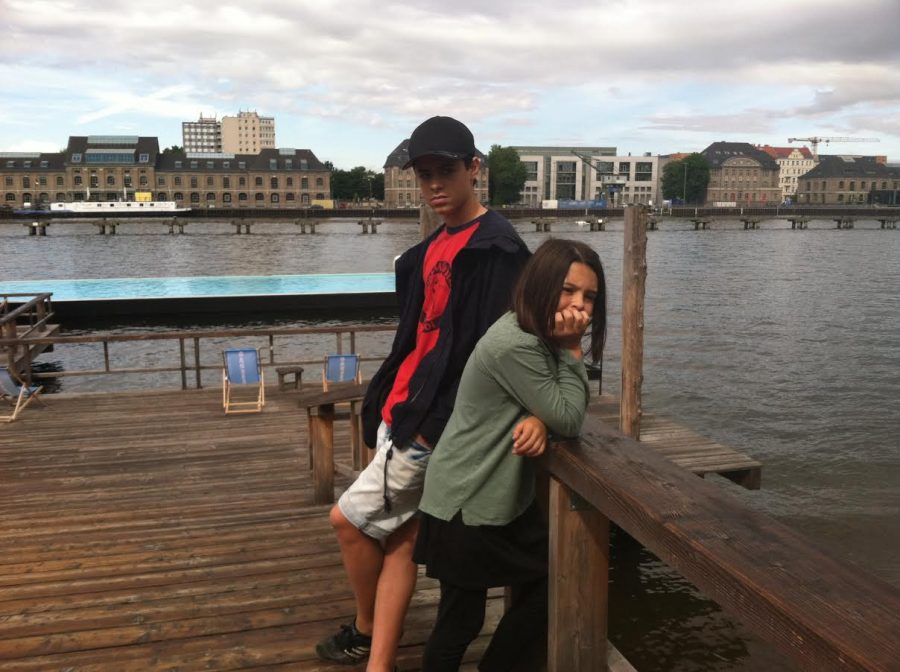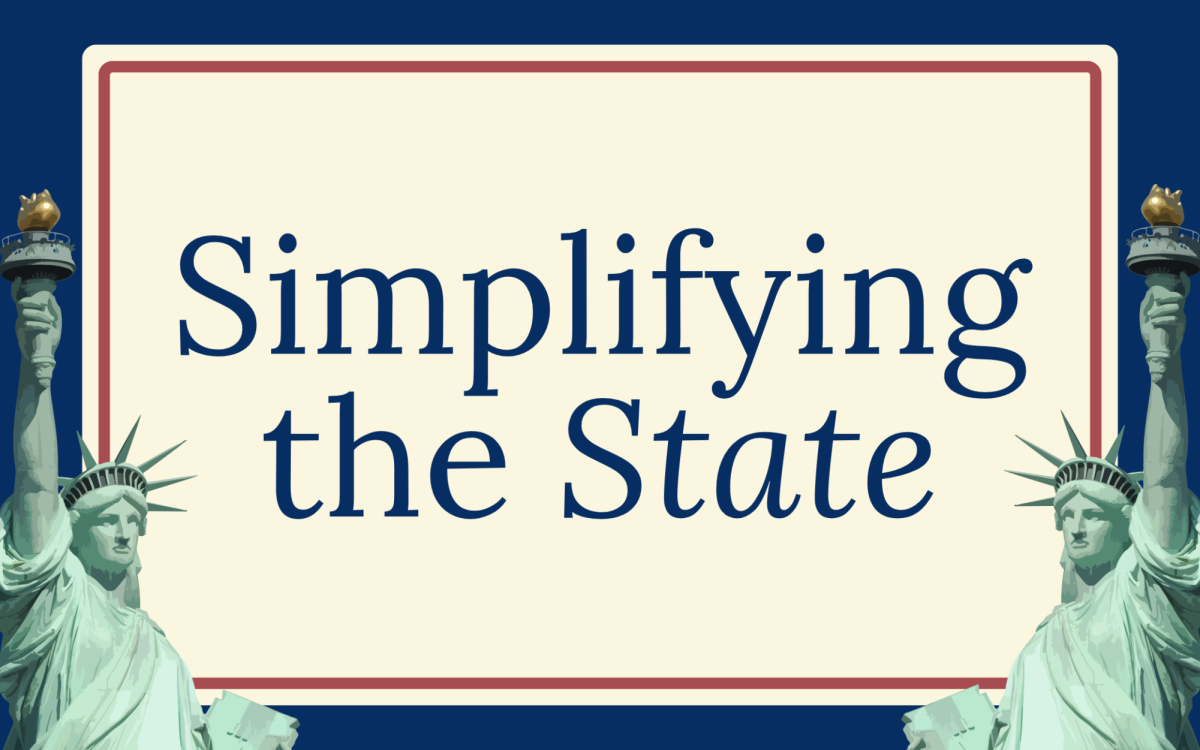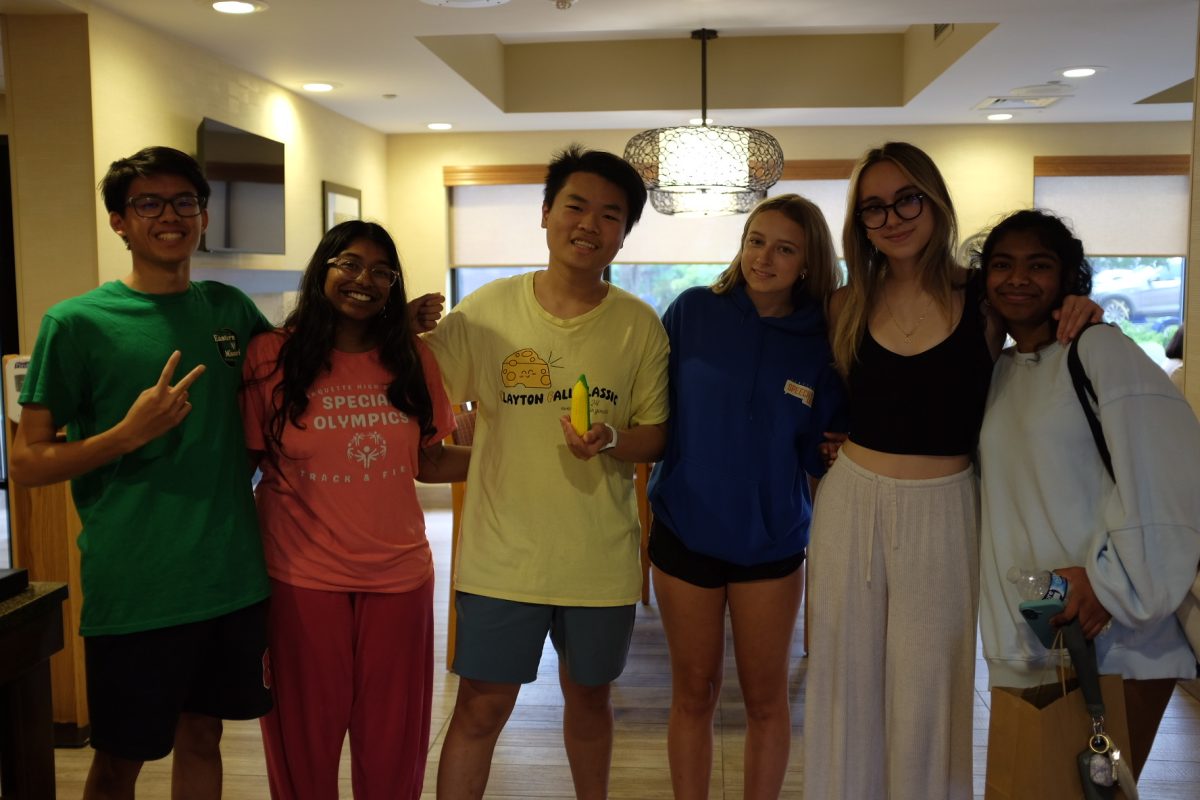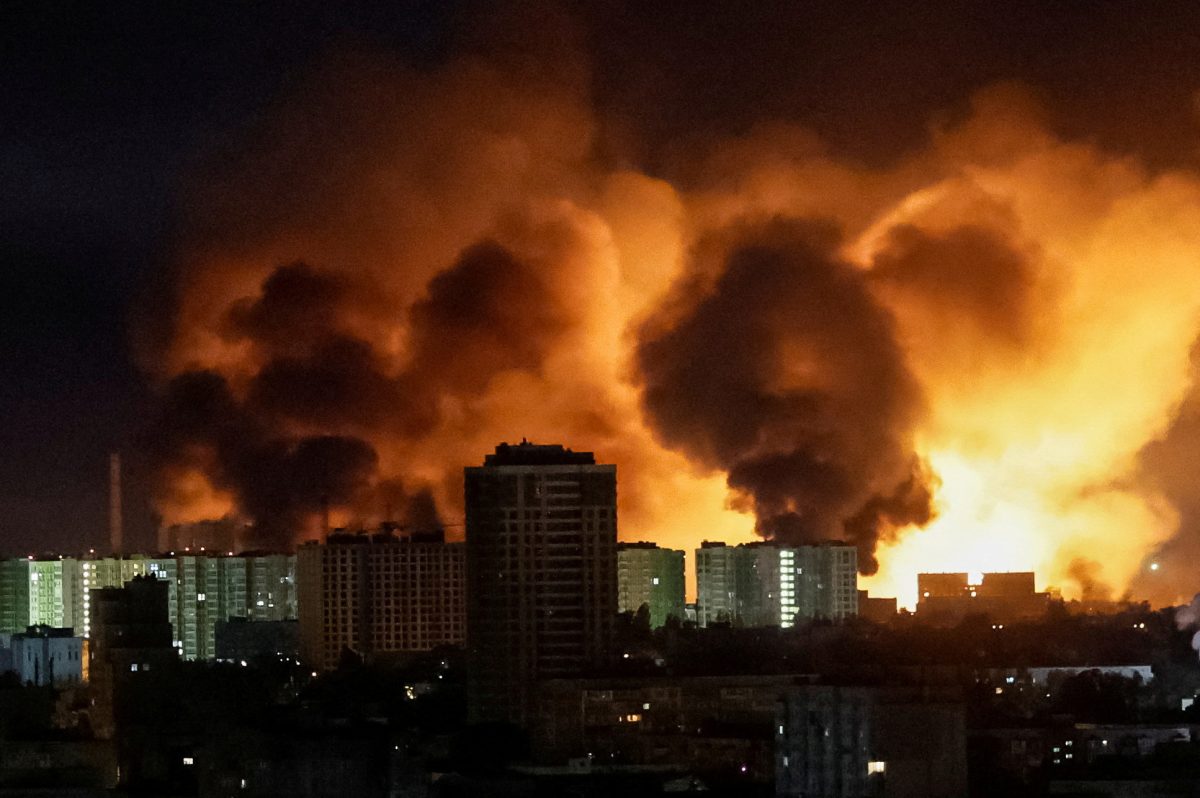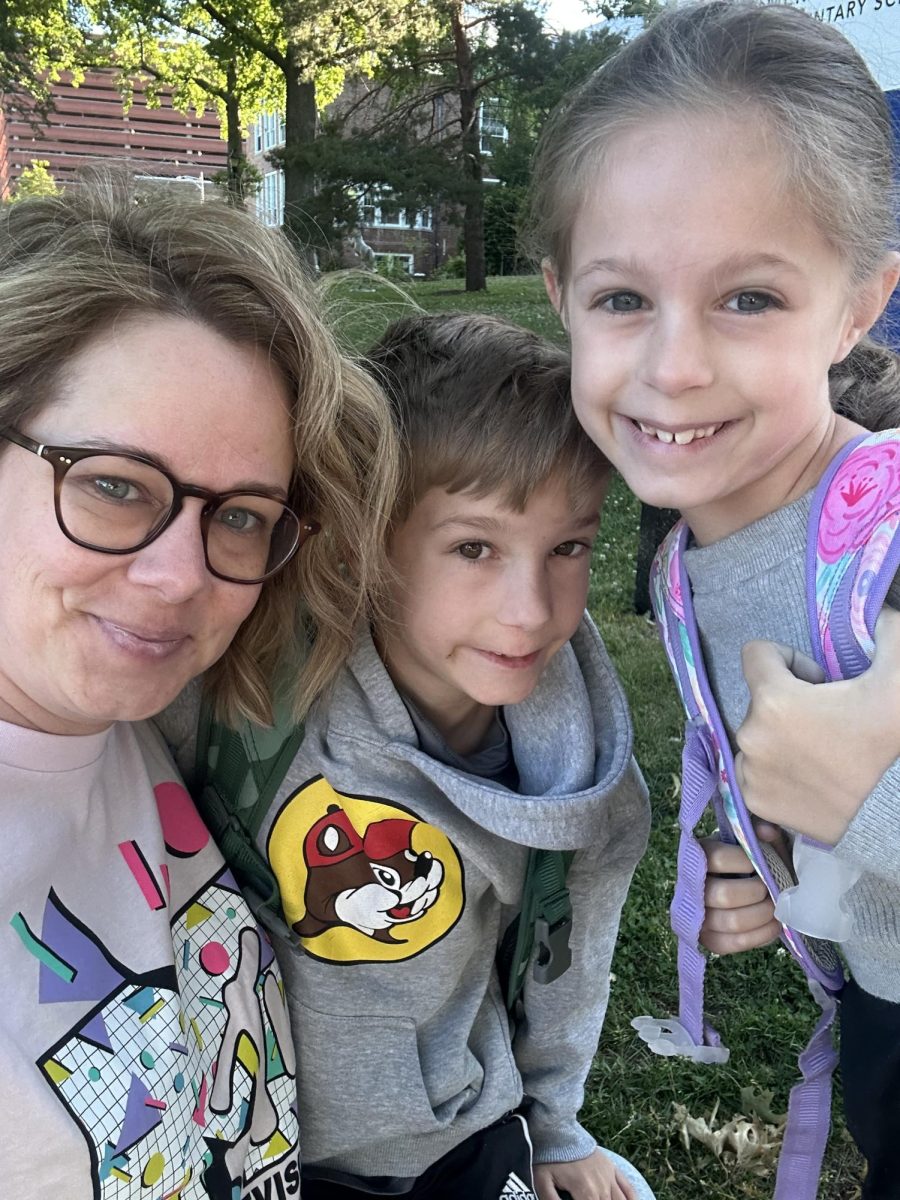A Year’s Journey
September 22, 2016
When Emilio Rosas Linhard, currently a freshman at CHS, moved with his family, he left behind his comfortable circle in Clayton, Missouri and ventured out into a foreign world. He began a new life in Berlin, the capital of Germany.
For a year, Linhard and his sister Aitana, attended an international school in downtown Berlin. Life in Berlin was frantic. People walked, biked or took public transport to get to places. There were small bakeries and cafés spread throughout the city, along with vibrant street art and graffiti to admire while walking down the hustling streets. Plazas, outdoor spaces and parks lined the centers of the city with lakes and forests surrounding the outside areas.
Linhard and his family traveled to Scandinavia, Italy, Spain, Portugal, Switzerland, the Czech Republic, France and the Netherlands with his friends. They walked through a plethora of unique cultures and landscapes, After a prodigious expedition through Europe, Emilio and his family returned to Clayton, Missouri.
Q: Why did you go to Germany for a year?
A: My mother was born in Germany. My parents are university professors and last year they had a sabbatical, meaning they did not have to teach classes for a year. We took that opportunity to live somewhere else and my parents chose Berlin because they loved the city.
Q: What was your opinion on moving to Germany?
A: At first, the idea of moving to a new city was scary. I felt like I was would be stuck there for an entire year. I didn’t want to go.
Q: What do you like about Germany?
A: People ask me to compare Germany and the United States, but I’ve only lived in Clayton and Berlin, which are both different than their respective countries. I absolutely love Berlin, but it is different than the rest of Germany. Berlin is a big city and there is always something happening. There are countless destinations. Museums, parks, restaurants and other cool places. Most are easily accessible by public transport. I liked being able to go wherever I wanted, whenever I wanted. But Berlin is also a broken city, scarred by its past. I experienced history first hand whenever I went to school, as I would cross the now nonexistent Berlin Wall. Most of all, however, I love the carefree attitude of Berlin. Everyone has so much stuff going on in their own life, that they don’t care at all. You can be whatever you want to be in Berlin.
Q: How does Berlin compare to St. Louis?
A: The three biggest factors are accessibility, looks and weather. In Berlin, most people walk. I would either walk, bike, skate or take public transport to my destination. The layout of Berlin is also different than St. Louis. There are more green spaces and a lot of street art.
There are many public plazas and parks that are in the center of the city while houses and four to seven story apartments line the outside.
Since Berlin is very deep in the Northern hemisphere, the days are rarely sunny and in the winter, it feels as if there is no light. But no matter what, the days that I remember the most are the sunny days.
Q: How has living in Germany affected you?
A: Living in Germany gave me a new view of life. I improved my German and was able to challenge myself everyday. At my international school, I found people who were in a similar situation as I was. I made friends quickly because they were more like me. Germany taught me many lessons. Before I had gone, I always thought I would stay in St. Louis for the rest of my life. Now I know for sure that I won’t. When I get the chance, I want to go back. My year in Germany was hands down the best year of my life.
Q: What else would you like to share?
A: Today from a night aerial view of Berlin, you can see a fine line where the Berlin Wall separated Eastern and Western Germany. Since Germany was divided during WWII, the west and east side separated into two with different lifestyles, governments and economies. After the war, everything was in ruins. New buildings were built right after. In 1989, the East and West side came together. From nightlight maps, you can see that the more progressive West used energy efficient light bulbs while the poorer East used older light bulbs. When the two sides came together, cultures clashed and the economy boomed. The city of Berlin is filled with history and different cultures clashing together.


